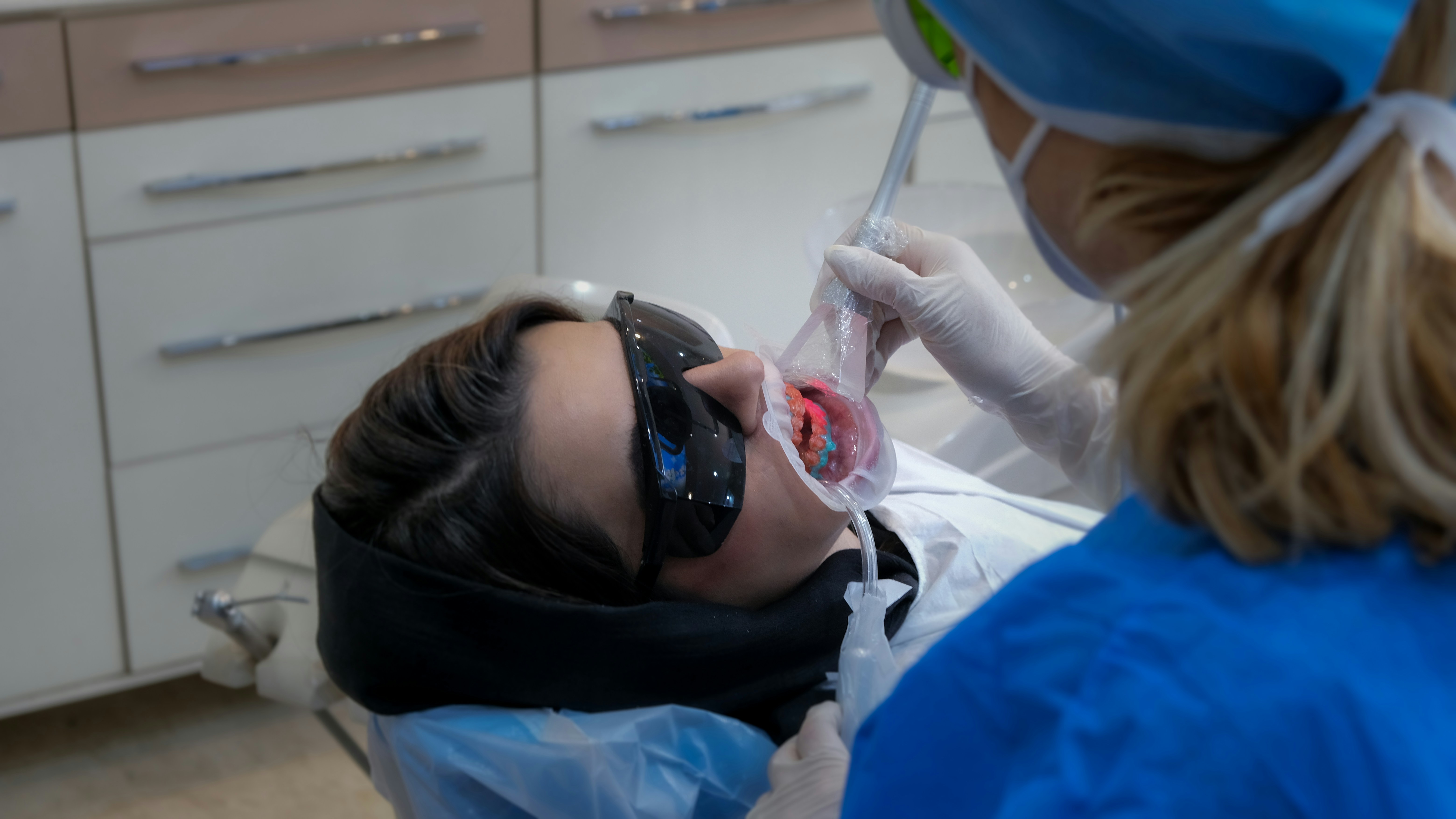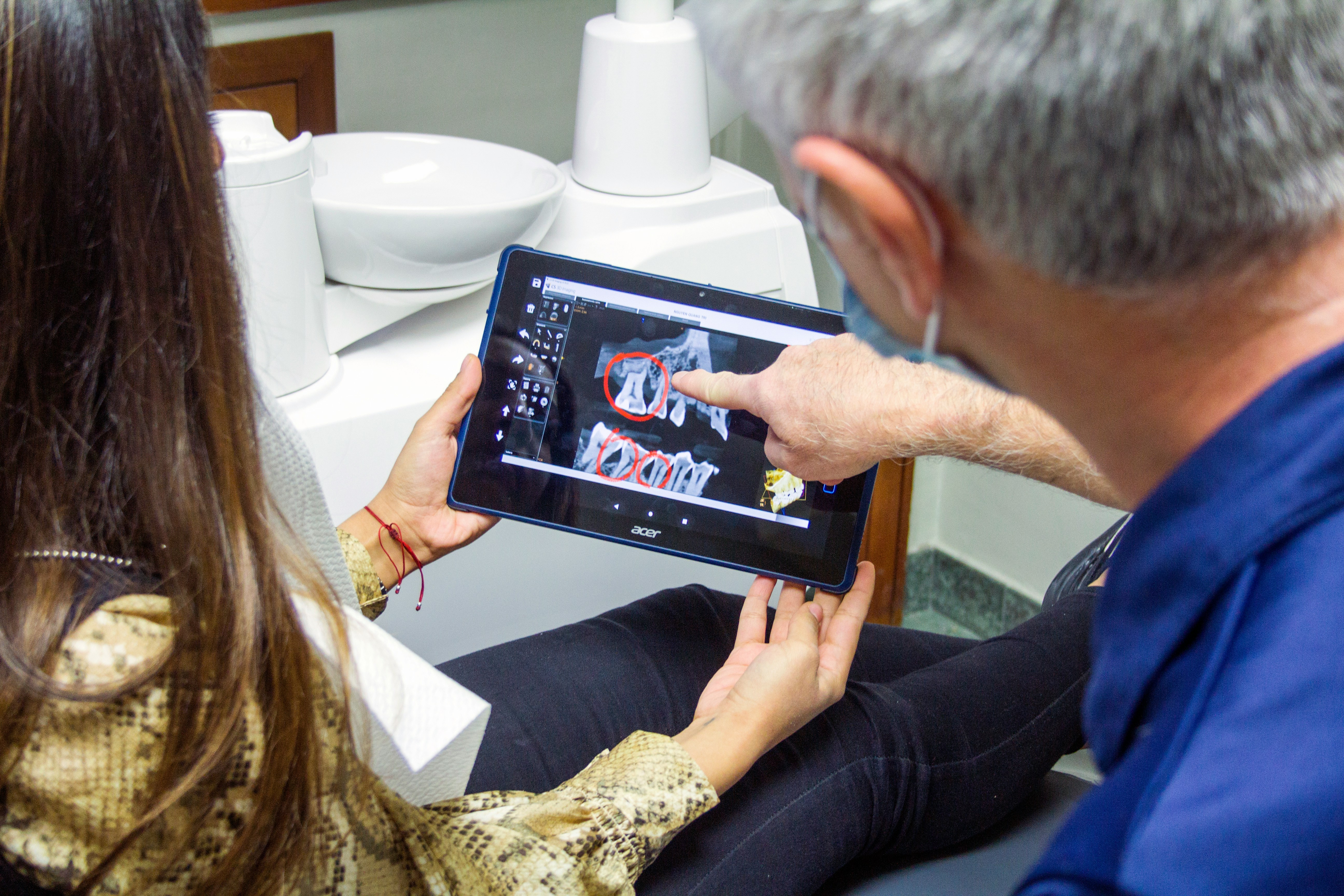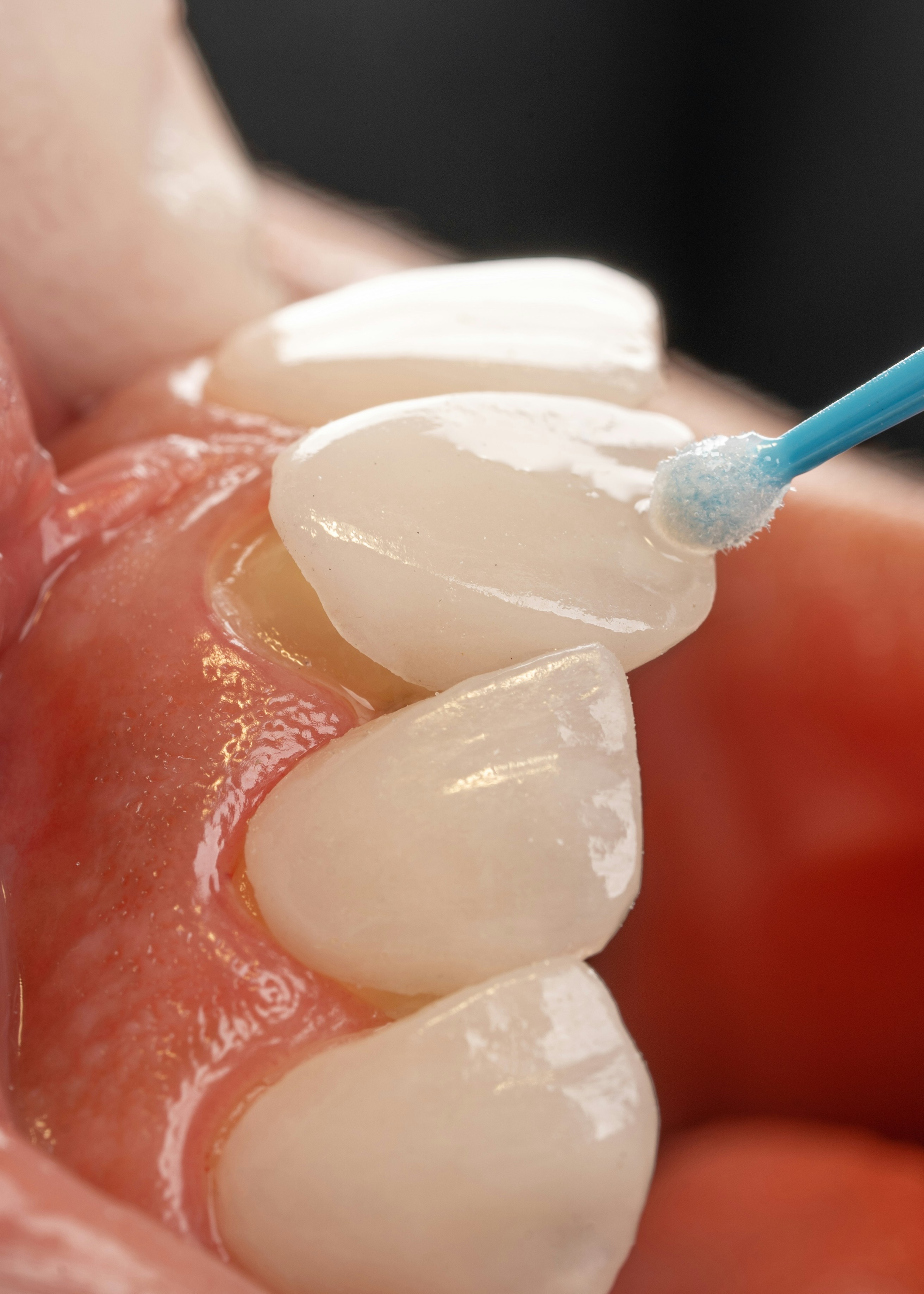Root Resorption: Causes, Symptoms, and Treatment
Root Resorption: Causes, Symptoms, and Treatment
Root resorption is a dental condition many people are unaware of until it is discovered during a routine checkup or X-ray. It involves the gradual breakdown or loss of the tooth’s root structure, which can weaken the tooth and, if untreated, lead to tooth loss. Early detection is crucial, as timely treatment can help save the affected tooth and prevent further damage. Here’s a complete guide to help you understand the causes, warning signs, and treatment options.
What is Root Resorption?
Root resorption is the process where the body’s cells begin to break down and absorb the tooth’s root structure. This condition can affect the inside or outside of the tooth and often progresses without noticeable symptoms, making professional dental evaluation essential.
Types of Root Resorption
Internal Root Resorption
This occurs inside the tooth, affecting the inner pulp and dentin. It is usually detected on X-rays and may appear as a hollow space within the root.
External Root Resorption
This starts from the outer surface of the root and progresses inward. It is more common than internal resorption and may affect part or all of the root.
What Causes Root Resorption?
Several factors can trigger root resorption:
- Trauma or injury to a tooth
- Chronic infection or inflammation of the pulp or surrounding tissues
- Orthodontic treatment with excessive or rapid force
- Teeth grinding or clenching
- Impacted teeth exerting pressure
- Tumours or cysts near the tooth
- Overbleaching or chemical irritation (rare)
Common Symptoms to Watch For
Root resorption often develops silently, but some signs may appear depending on its severity:
- Sensitivity to hot or cold foods
- Pain or discomfort while chewing
- Swelling or redness of gums near the affected tooth
- Changing tooth colour, especially pinkish or darker shade
- Loosening of the tooth
If you notice any of these symptoms, contact a dentist immediately for evaluation.
How is Root Resorption Diagnosed?
Diagnosis typically involves:
- Physical examination
- Dental X-rays to check internal and external root structure
- CBCT scans for detailed 3D imaging if needed
Regular checkups are the key to spotting this condition early.
Treatment Options for Root Resorption
Treatment depends on the severity and type of resorption:
For Internal Resorption
A root canal is usually performed to remove the damaged pulp and save the tooth. In severe cases, surgery or extraction may be required.
For External Resorption
The approach varies based on the extent of damage. Minor cases may be treated by removing the affected area and restoring the tooth. Advanced resorption may require root canal treatment or extraction if the tooth cannot be saved.
Tooth Replacement (If Extraction is Needed)
If the tooth must be removed, replacement options include dental implants, bridges, or dentures to restore function and aesthetics.
Prevention Tips
While not all cases are preventable, you can reduce risk by:
- Visiting the dentist regularly for checkups and X-rays
- Using orthodontic treatments that apply gentle, regulated forces
- Wearing a mouthguard during sports or if you grind your teeth
- Treating gum infections and dental injuries promptly
Protect Your Smile with Expert Care at Gargi’s Dental Care
Root resorption can be complex, but with early detection and the right treatment, your tooth can often be saved. Gargi’s Dental Care in Kolkata offers advanced diagnostic tools, expert evaluation, and personalised treatment plans to protect your dental health. If you’re experiencing discomfort or haven’t had a dental checkup in a while, schedule an appointment today to safeguard your smile.
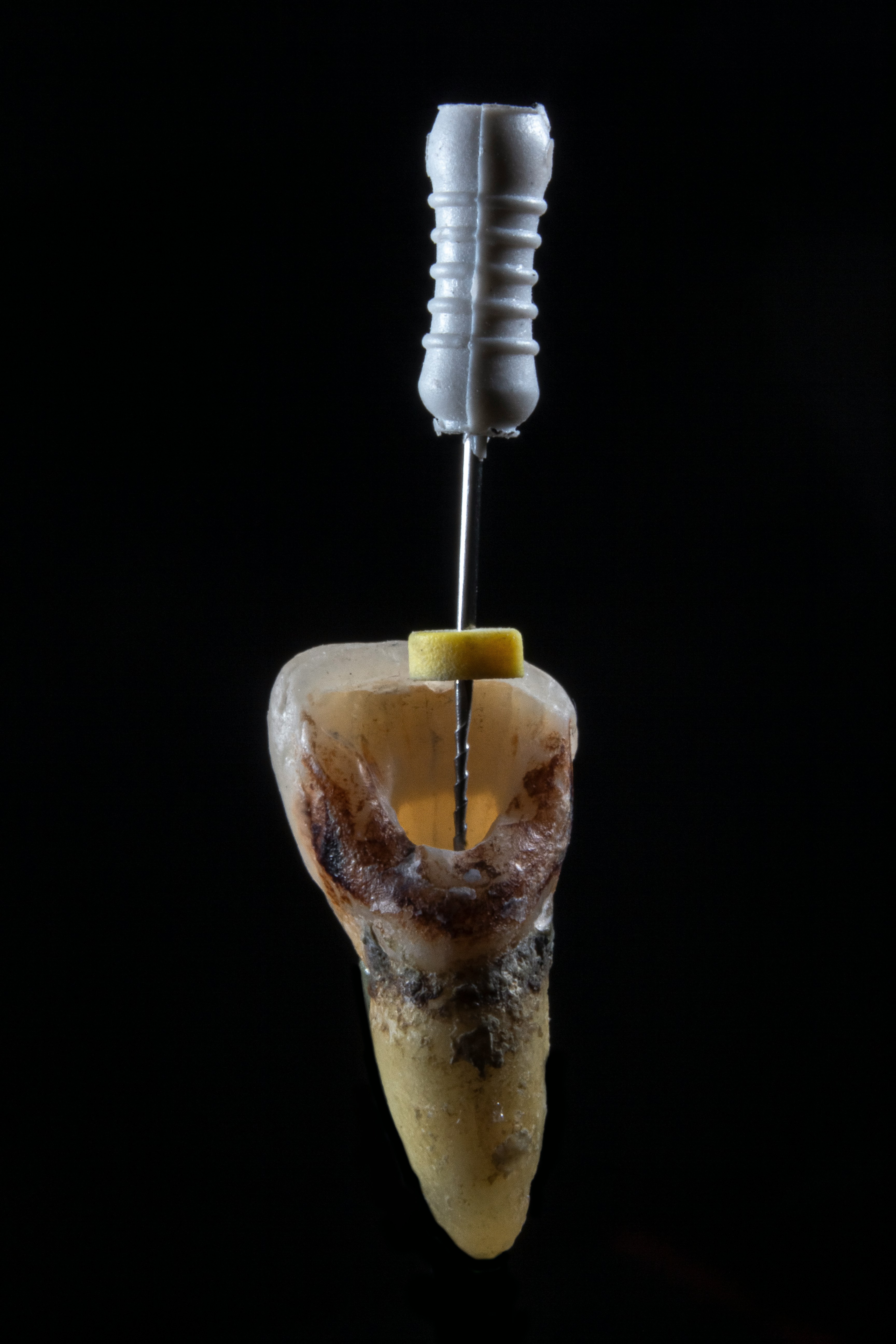

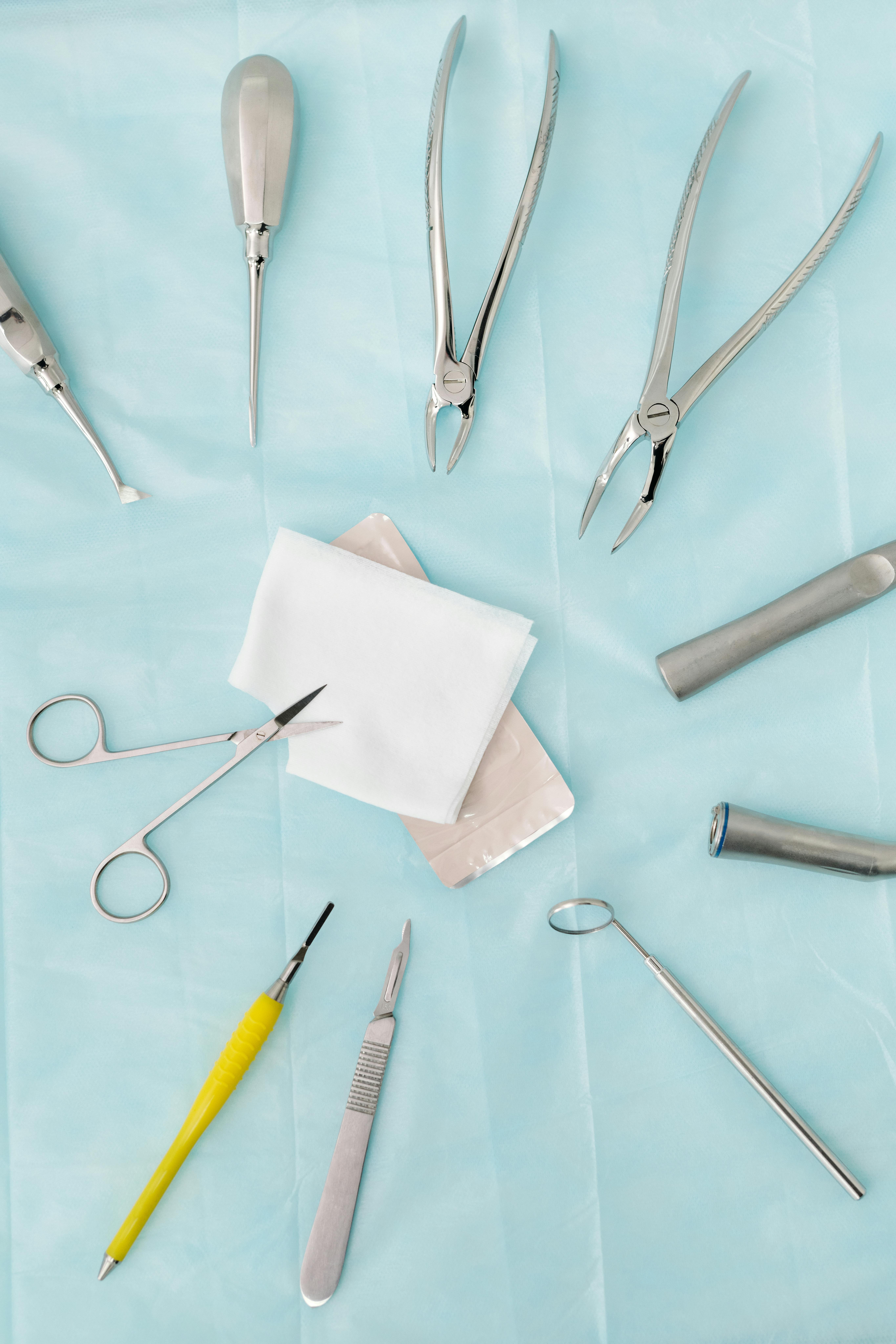
.jpg)


